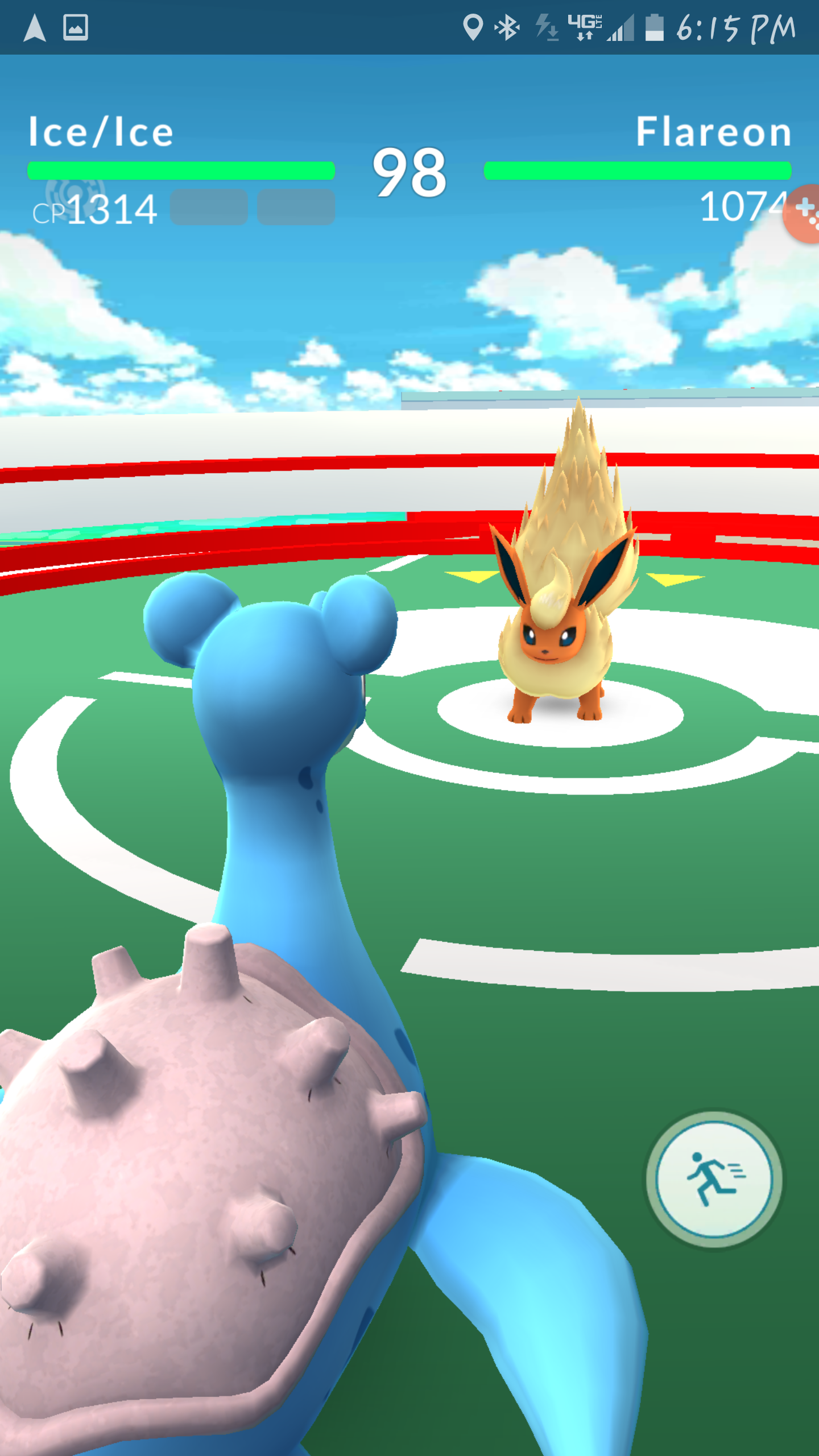What Pokémon GO's Marriage of Offline and Online Worlds Means for Advertising

I think it's safe to say, Pokémon GO is a worldwide phenomenon. The breakthrough app has single handedly thrust augmented reality into the mainstream. In just weeks after its release, the app has surpassed Tinder and Twitter for active users. Although a mobile app success of this magnitude is increasingly rare, Pokémon GO represents an entirely new opportunity for consumers and advertisers alike. Indeed, another headline for this column could be: The Advertiser's Guide to Catching Them All.
Pokémon GO is the first major success of a game in which the experience is built upon real world interactions, and it's safe to assume it won't be the last. The app is indicative of a larger social and technological trend in which our online and offline worlds continue to merge. With the current fanfare surrounding augmented reality (or AR) advertisers are clamoring to claim their stake. Already Pokémon GO has released plans to offer paid sponsorship of in-app locations. This is a meaningful step in the development of augmented reality and location-based apps as an advertising platform, but it is important that advertisers take the time to understand the mechanisms behind Pokémon GO's success and create brand activations derived from that understanding. We don't want to ruin this one, guys.
Pokémon GO Drives RealAction
Apart from nostalgia, much of Pokémon GO's popularity comes from how seamlessly it fits into the lives of its players. The game play is native to real life. Players must move throughout their environment to collect and battle Pokémon -- think couch potatoes with tans. Moreover, the app's popularity is evidence consumers are ready and willing to use digital devices to enhance their real world experiences. From an advertising perspective, this is the Holy Grail: A platform capable of driving real world action like foot traffic, not just clicks and eyeballs. It's changed the way millions of people behave, something only a handful of companies even come close to achieving.
Advertisements Should Attract, Not Distract
Advertisers must create a brand experience that fits naturally into the gameplay. On other mobile platforms, advertisements are seen as a distraction from the user's experience. These are the annoying pop-up windows and banner ads. These ads detract from the core user experience and are largely ineffective, banking on a quantity over quality approach. Instead, Pokémon GO offers advertisers the opportunity to create ads that enhance gameplay. Through the game's internal mechanisms it's possible for advertisers to provide tangible benefits to consumers. An example is the New York pizzeria that drove customers into its store by using in-app purchases. As more games adopt AR and location-driven objectives, advertisers should look for ways to offer players in-game benefits without cluttering or distracting. It's a chance to get more creative and find activations that exist outside of the traditional. I wouldn't be surprised if we see branded Poké Balls, gyms and clothing for the avatars in the near future.
AR is an Opportunity for Tighter Integration
The creation of ads that enhance augmented reality gameplay should also integrate closely with other brand activations. Consider a company creating a brand activation at a sponsored in-app location. Hordes of players will be driven to the location for the benefit they receive within the game and, at the same time, will have gathered in specific locations where brands can interact with them. Imagine outdoor advertisements reacting in real-time to the players around them actively building a richer, more immediate experience -- something some advertisers are already doing. Before Pokémon GO, driving this sort of traffic and action was nearly impossible. Now it's as easy as an in-app purchase.
Pokémon GO is a rare phenomenon. The app has changed the way people interact with the world around them, mobilizing millions to experience new parts of their towns and cities. It is elevating gaming from the basement to the streets and parks -- and in doing so, it is creating new opportunities to reach consumers in ways additive to the overall experience. The advertisers and marketers that channel their creativity to complement a player's experience are sure to find success.
The opinions and points of view expressed in this commentary are exclusively the views of the author and do not necessarily represent the views of MediaVillage.com/MyersBizNet, Inc. management or associated bloggers.


